Home>Gardening & Outdoor>Plant Care & Gardening Tips>How To Plant Wildflower Seeds On A Slope
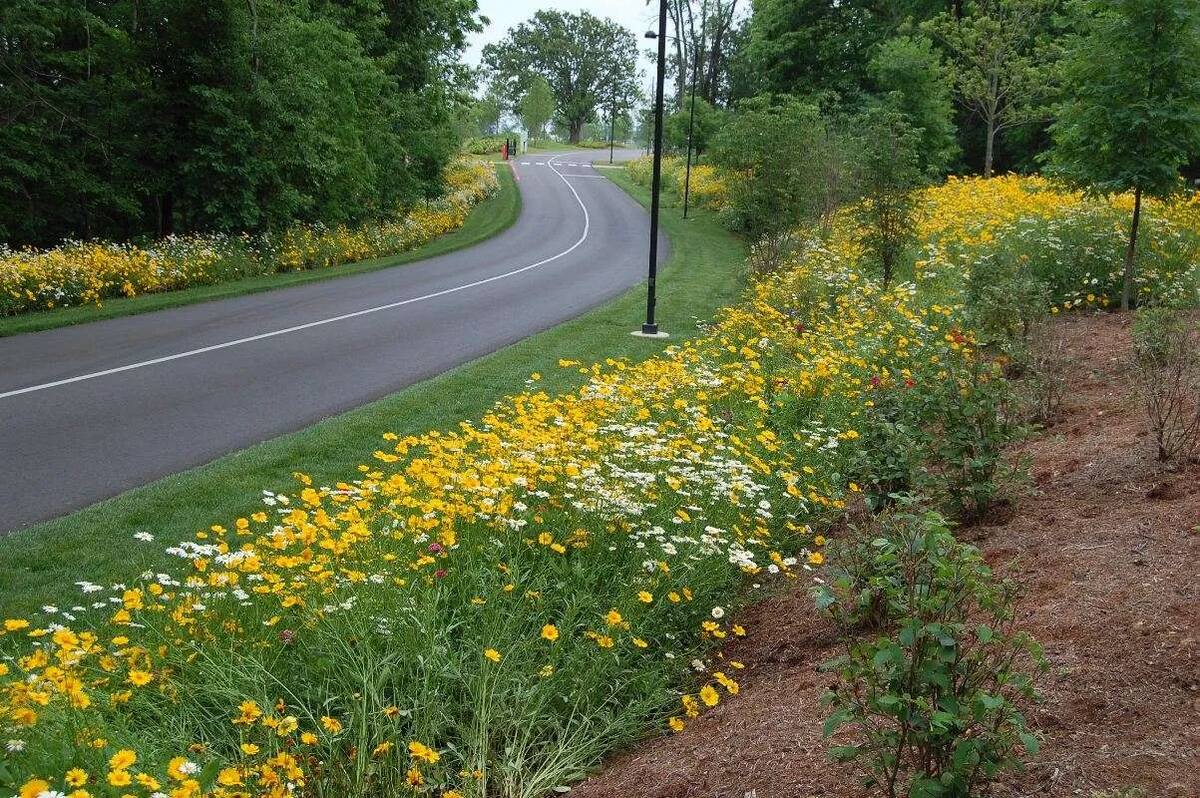

Plant Care & Gardening Tips
How To Plant Wildflower Seeds On A Slope
Modified: January 9, 2024
Learn expert tips for planting wildflower seeds on a slope. Get valuable plant care and gardening advice to create a beautiful, thriving wildflower garden. Discover the best practices for successful wildflower planting.
(Many of the links in this article redirect to a specific reviewed product. Your purchase of these products through affiliate links helps to generate commission for Storables.com, at no extra cost. Learn more)
**
Introduction
**
Planting wildflower seeds on a slope can be a rewarding and visually stunning way to enhance your outdoor space. Whether you have a gentle incline or a steep hill, transforming it into a vibrant tapestry of wildflowers can bring new life to your landscape and provide essential habitat for pollinators. However, this endeavor requires careful planning and execution to ensure the success of your wildflower planting project.
In this guide, we will explore the essential steps for planting wildflower seeds on a slope, from selecting the right seeds to preparing the terrain and nurturing the seeds to maturity. By following these guidelines, you can create a breathtaking natural display that thrives and evolves with the changing seasons, all while contributing to the preservation of native flora and the support of local wildlife.
Join us as we delve into the art and science of planting wildflower seeds on a slope, and discover how this eco-friendly and visually captivating endeavor can enrich your outdoor environment for years to come.
Now, let's begin by understanding the crucial first step: choosing the right wildflower seeds for your slope.
**
Key Takeaways:
- Choosing the right wildflower seeds for your slope is crucial. Consider sunlight, soil, native species, and seed mix diversity to create a vibrant and thriving wildflower landscape.
- Prepare the slope by clearing, grading, amending soil, and controlling erosion before planting wildflower seeds. Care for the seeds by watering, managing weeds, monitoring growth, and fostering biodiversity for a stunning and sustainable wildflower habitat.
Read more: How To Plant Wildflower Seed Paper
Choosing the Right Wildflower Seeds
**
When embarking on a wildflower planting project on a slope, selecting the appropriate seeds is paramount to the success of your endeavor. The specific conditions of your slope, including sunlight exposure, soil type, and moisture levels, will influence the types of wildflowers that will thrive in that environment. Here are some key considerations to keep in mind when choosing wildflower seeds for your slope:
1. Assessing Sunlight and Soil Conditions:
Before selecting wildflower seeds, carefully observe the slope to determine the amount of sunlight it receives throughout the day. Note whether the area is predominantly sunny, partially shaded, or mostly shaded. Additionally, assess the soil composition and drainage patterns. Some wildflowers thrive in well-drained soil, while others prefer moist or even waterlogged conditions. By understanding these factors, you can narrow down the selection to wildflowers that are well-suited to the slope’s specific conditions.
2. Native Species and Biodiversity:
Consider incorporating native wildflower species into your seed mix to support the local ecosystem and promote biodiversity. Native wildflowers are adapted to the region’s climate and soil, making them more likely to flourish on the slope. Furthermore, they provide essential food and habitat for local pollinators and wildlife, contributing to the overall health of the ecosystem.
3. Long-Term Maintenance and Growth Habits:
Take into account the growth habits and maintenance requirements of the wildflowers you intend to plant. Some species are perennial, returning year after year, while others are annuals that complete their life cycle within a single growing season. Perennials can provide enduring beauty on the slope, while annuals offer vibrant displays that may require reseeding each year.
4. Seed Mix Diversity:
Opt for a diverse seed mix that includes a variety of wildflower species, ensuring a rich tapestry of colors, textures, and heights. A diverse mix can create a visually captivating display and provide continuous blooms throughout the growing season, attracting a myriad of pollinators and beneficial insects.
By carefully considering these factors, you can select wildflower seeds that are ideally suited to your slope’s unique characteristics, laying the foundation for a thriving and biodiverse wildflower landscape.
With the right seeds chosen, the next step is to prepare the slope for planting, ensuring that the wildflowers have the best possible start in their new environment.
**
Preparing the Slope for Planting
**
Before sowing the wildflower seeds, it’s essential to prepare the slope to create an optimal growing environment for the seeds to take root and thrive. The following steps will guide you through the preparation process, setting the stage for successful wildflower establishment:
1. Clearing and Grading:
Begin by clearing the slope of any debris, rocks, or unwanted vegetation. Use a rake or hand tools to remove surface-level obstacles that could impede seed germination and establishment. Additionally, consider grading the slope to create gentle contours that promote water retention and prevent erosion. By shaping the terrain, you can create microclimates that cater to the diverse needs of the wildflowers you plan to plant.
2. Amending the Soil:
Assess the soil composition and, if necessary, amend it to improve its texture and fertility. Incorporating organic matter, such as compost or well-rotted manure, can enhance the soil’s ability to retain moisture and provide essential nutrients to the emerging wildflowers. Additionally, adjust the soil pH if needed to align with the preferences of the selected wildflower species, ensuring an ideal growing medium for their roots.
3. Controlling Erosion:
On steep slopes, erosion control measures are crucial to prevent soil loss and protect the newly planted seeds. Consider using erosion control blankets or mats made from natural materials to stabilize the soil and minimize the impact of rainfall and wind. These blankets provide an additional layer of protection for the seeds as they germinate and establish their root systems, anchoring the soil in place.
4. Watering and Settling:
Prior to sowing the wildflower seeds, thoroughly water the prepared slope to settle the soil and create an environment conducive to seed germination. Adequate moisture is essential for the initial stages of seedling growth, helping the seeds make contact with the soil and kickstarting the germination process. Monitor the moisture levels to ensure that the soil remains consistently moist but not waterlogged, providing an optimal setting for the seeds to sprout.
By diligently preparing the slope for planting, you can establish the groundwork for a flourishing wildflower display that harmonizes with the natural contours of the landscape. With the slope primed and ready, it’s time to embark on the exciting process of planting the wildflower seeds, bringing your vision of a vibrant floral haven one step closer to reality.
**
Consider using erosion control blankets or mats to help stabilize the soil on the slope before planting wildflower seeds. These can help prevent the seeds from washing away during heavy rain.
Planting Wildflower Seeds
**
Planting wildflower seeds on a slope requires a thoughtful approach to ensure the seeds have the best chance of germination and establishment. By following these steps, you can sow the seeds with precision and care, setting the stage for a stunning display of natural beauty:
1. Seed Distribution:
Begin by evenly distributing the wildflower seeds across the prepared slope. Depending on the size of the area and the specific seed mix, you can scatter the seeds by hand or use a seed spreader to achieve uniform coverage. Aim for a balanced distribution to create a diverse and visually appealing wildflower display that spans the entire slope.
2. Light Raking or Tamping:
After sowing the seeds, lightly rake the soil to cover the seeds with a thin layer of loose soil. Alternatively, gently tamp the soil to ensure good seed-to-soil contact, facilitating the germination process. This step helps anchor the seeds in place while allowing them to remain within reach of essential moisture and light, setting the stage for successful sprouting.
3. Mulch Application:
Consider applying a light layer of mulch over the seeded area to conserve moisture, regulate soil temperature, and protect the seeds from potential erosion. Organic mulches, such as straw or shredded leaves, can provide an additional layer of insulation and protection for the developing seedlings, fostering a nurturing environment for their early growth stages.
4. Watering and Monitoring:
Following the planting process, gently water the seeded slope to settle the seeds and initiate the germination process. Monitor the moisture levels regularly, ensuring that the soil remains consistently moist but not waterlogged. During dry periods, provide supplemental irrigation to support the emerging seedlings and facilitate robust root development.
5. Patience and Observation:
Once the wildflower seeds are planted, exercise patience as nature takes its course. Allow time for the seeds to germinate and the seedlings to emerge, observing the slope for signs of new growth. As the wildflowers begin to sprout and develop, take note of any areas that may require additional seeding or targeted care to achieve a balanced and vibrant wildflower display.
By carefully tending to the planting process, you can set the stage for a breathtaking wildflower landscape that thrives on the slope, creating a dynamic tapestry of colors and textures that evolve with the changing seasons.
With the seeds sown and the initial care provided, the next crucial phase involves nurturing the wildflower seeds on the slope, ensuring their continued growth and resilience in the outdoor environment.
**
Caring for Wildflower Seeds on a Slope
**
Once the wildflower seeds have been planted on the slope, ongoing care is essential to support their growth and development. By implementing the following nurturing practices, you can foster a thriving wildflower habitat that flourishes on the slope throughout the seasons:
1. Watering:
Provide consistent moisture to the seeded slope, especially during the initial stages of growth. Monitor the soil moisture levels and water as needed to ensure that the seeds and emerging seedlings receive adequate hydration. During dry spells, supplemental watering may be necessary to sustain the wildflowers and promote healthy root establishment.
2. Weed Management:
Regularly inspect the seeded area for invasive weeds that could compete with the wildflowers for resources. Promptly remove any weeds that emerge, being mindful not to disturb the developing wildflower seedlings. By minimizing weed competition, you can create optimal conditions for the wildflowers to thrive and establish their presence on the slope.
3. Monitoring Growth:
Observe the slope regularly to track the progress of the wildflower seedlings and monitor their growth patterns. Take note of any areas that may require additional seed distribution or targeted care, ensuring that the wildflowers are evenly distributed and flourishing across the entire slope. Additionally, watch for signs of stress or nutrient deficiencies, addressing any issues promptly to support the health of the wildflower community.
4. Fostering Biodiversity:
Encourage the presence of pollinators and beneficial insects by creating a diverse and welcoming habitat for local wildlife. The wildflowers on the slope can serve as vital food sources and shelter for bees, butterflies, and other pollinators, contributing to the overall biodiversity of the area. Embrace the natural interplay between the wildflowers and local fauna, fostering a balanced and harmonious ecosystem on the slope.
5. Seasonal Maintenance:
Throughout the year, adapt your care practices to align with the changing seasons. As the wildflowers transition through their growth stages, adjust watering frequency, monitor for pests or diseases, and provide any necessary support to sustain their vitality. Embrace the evolving beauty of the wildflower display as it shifts with the seasons, celebrating the resilience and adaptability of the native flora on the slope.
By tending to the ongoing needs of the wildflower seeds and seedlings, you can contribute to the establishment of a vibrant and sustainable wildflower habitat on the slope, enriching the landscape with its natural charm and ecological significance.
With attentive care and a deep appreciation for the beauty of wildflowers, you can witness the transformation of the slope into a captivating tapestry of native blooms, teeming with life and vitality.
Now that you have a deeper understanding of caring for wildflower seeds on a slope, let’s reflect on the journey and the profound impact of this eco-friendly endeavor.
**
Read more: When Should I Plant Wildflower Seeds
Conclusion
**
Embarking on the journey of planting wildflower seeds on a slope is a testament to your commitment to environmental stewardship and the celebration of natural beauty. As you reflect on the steps involved in this endeavor, from selecting the right seeds to nurturing the wildflowers through their growth stages, you have embarked on a transformative process that not only enhances your outdoor space but also contributes to the preservation of native flora and the support of local wildlife.
By carefully choosing wildflower seeds that are well-suited to the slope’s unique conditions, you have laid the foundation for a diverse and resilient wildflower habitat. The thoughtful preparation of the slope, including soil amendment and erosion control, has created an optimal environment for the seeds to take root and thrive, ensuring the long-term success of the wildflower planting project.
As you planted the seeds with precision and care, you set in motion a natural spectacle that will unfold with each passing season. The vibrant tapestry of wildflowers, nurtured by your ongoing care and attention, will not only captivate the senses but also serve as a vital haven for pollinators and beneficial insects, contributing to the ecological richness of the landscape.
Through the nurturing practices of watering, weed management, and biodiversity promotion, you have embraced the role of a caretaker, fostering a harmonious coexistence between the wildflowers and the surrounding ecosystem. Your commitment to seasonal maintenance and attentive observation ensures that the wildflower habitat on the slope thrives and evolves, embodying the resilience and beauty of native flora.
As you witness the transformation of the slope into a living canvas of wildflowers, teeming with life and color, you become a steward of natural wonder, leaving a lasting impact on the environment and those who encounter the breathtaking display. Your dedication to planting wildflower seeds on a slope exemplifies the profound connection between humanity and the natural world, inspiring others to embrace the beauty and ecological significance of native flora.
As you continue to nurture the wildflower habitat on the slope, remember the profound impact of your efforts, not only in creating a stunning landscape but also in fostering a deeper appreciation for the intricate beauty of the natural world. Your journey of planting wildflower seeds on a slope is a testament to the transformative power of ecological stewardship and the enduring allure of native wildflowers.
So, as the wildflowers bloom and the landscape thrives, take pride in knowing that your dedication has contributed to the preservation of a precious ecosystem, creating a legacy of natural splendor for generations to come.
Frequently Asked Questions about How To Plant Wildflower Seeds On A Slope
Was this page helpful?
At Storables.com, we guarantee accurate and reliable information. Our content, validated by Expert Board Contributors, is crafted following stringent Editorial Policies. We're committed to providing you with well-researched, expert-backed insights for all your informational needs.
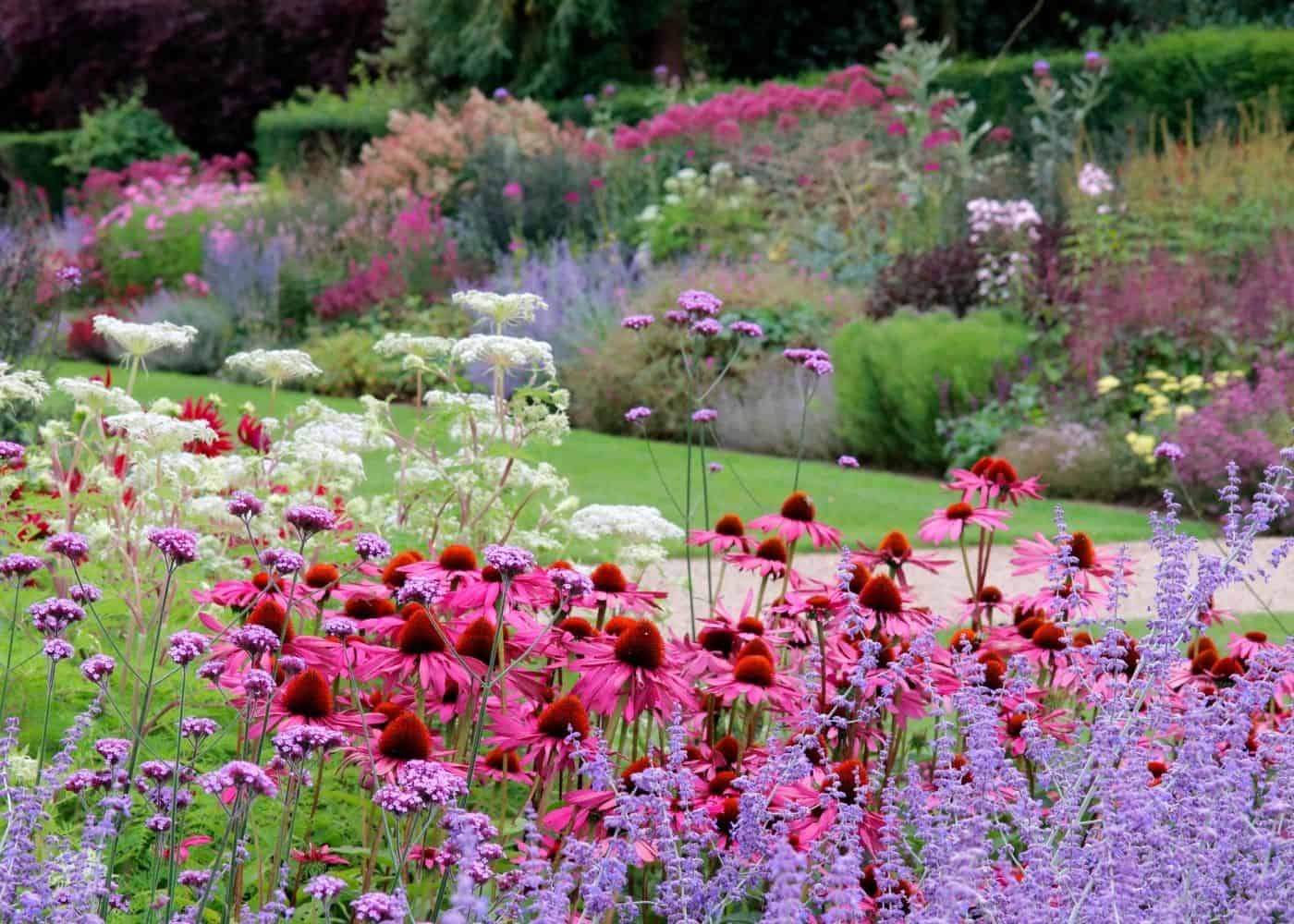
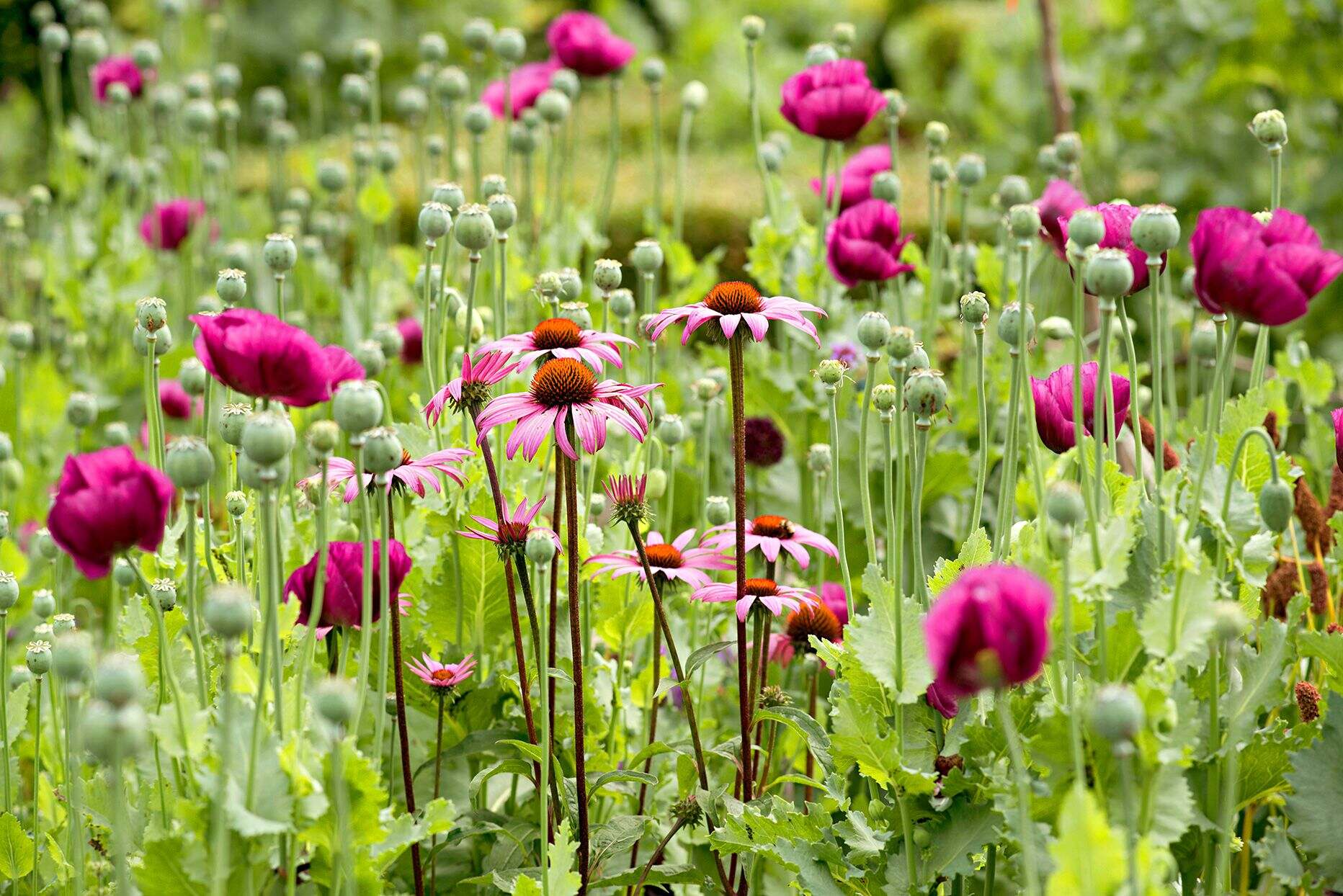
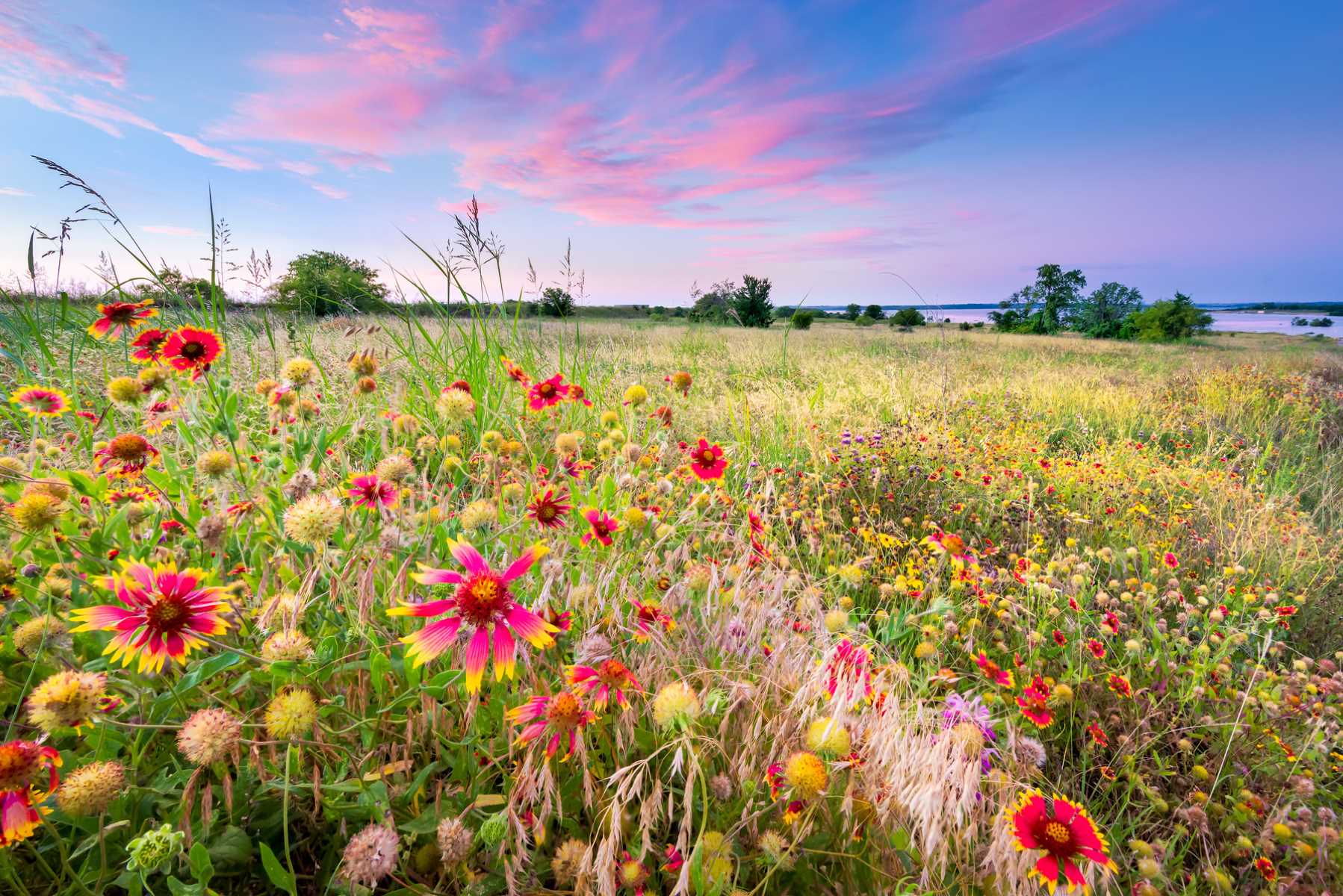
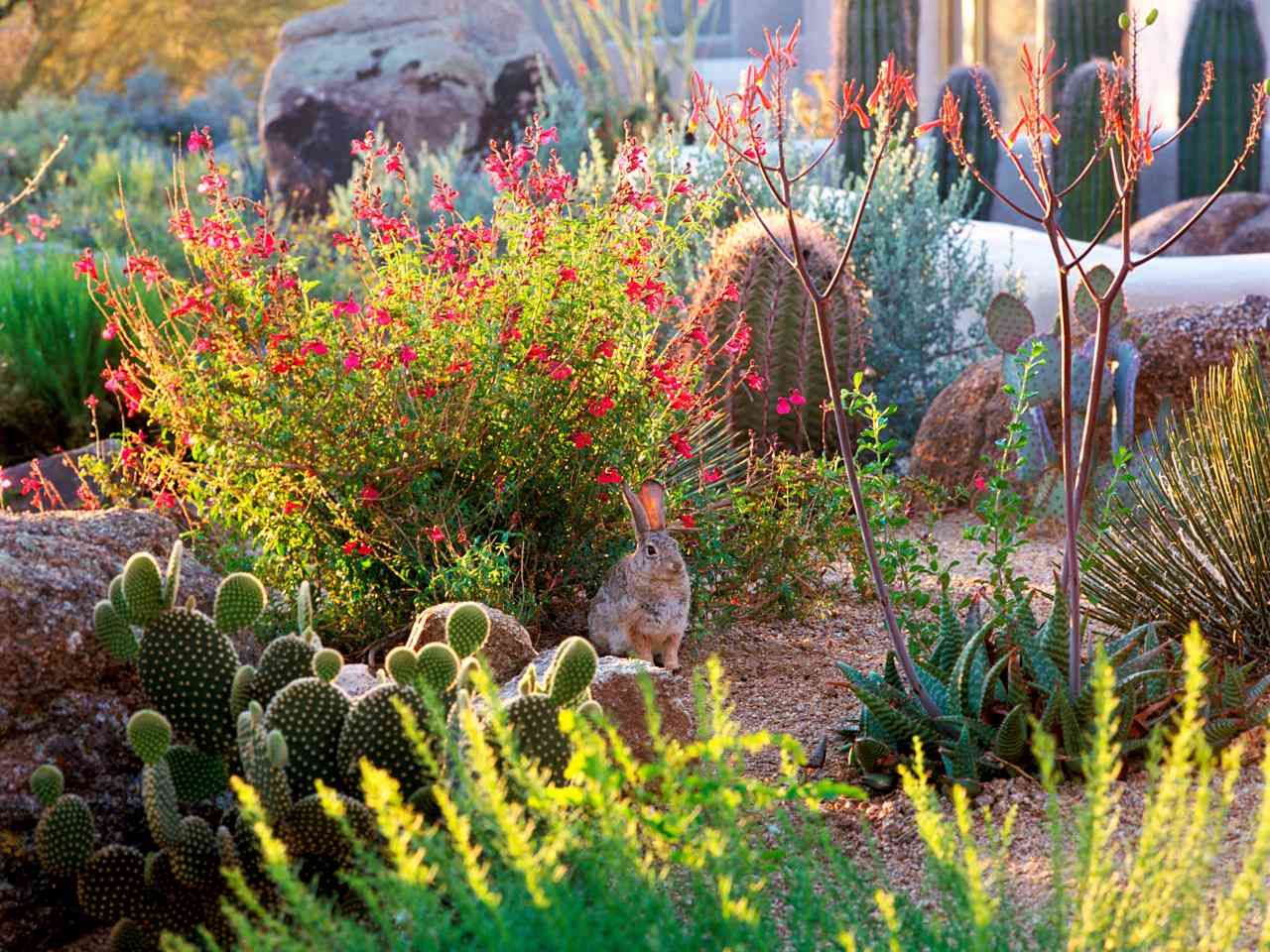
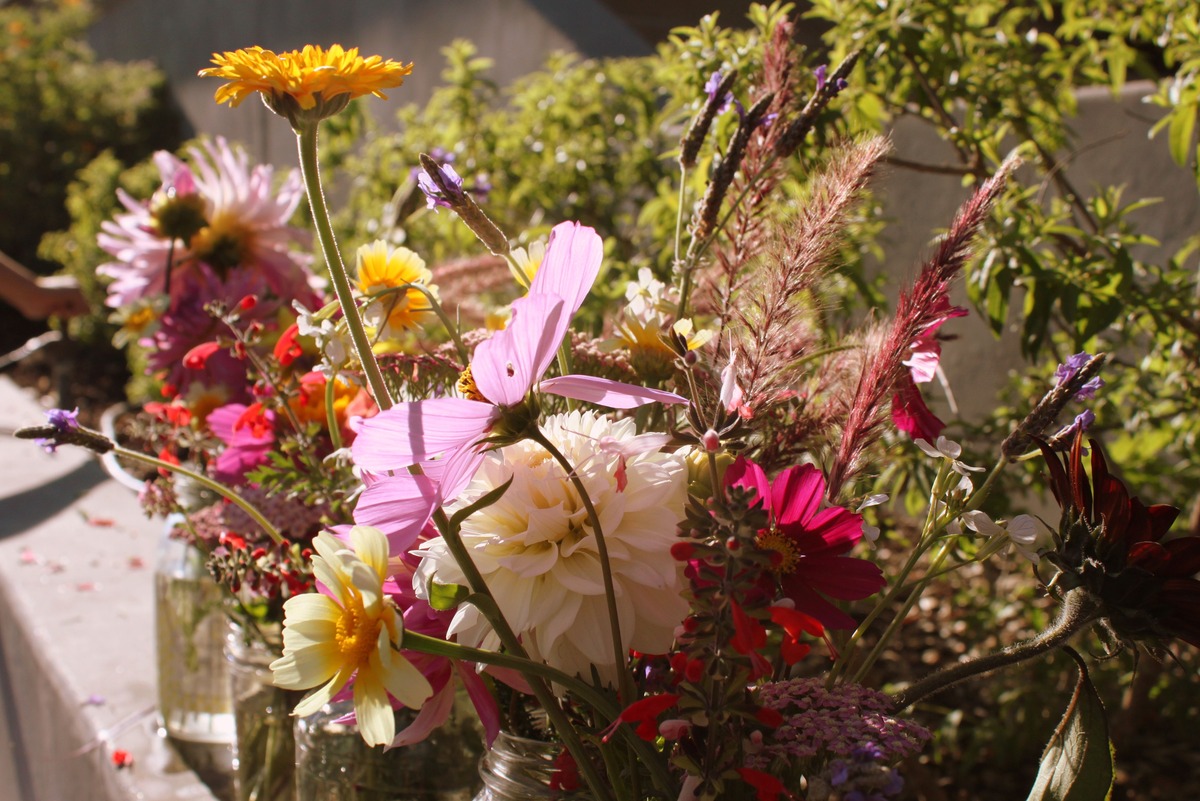
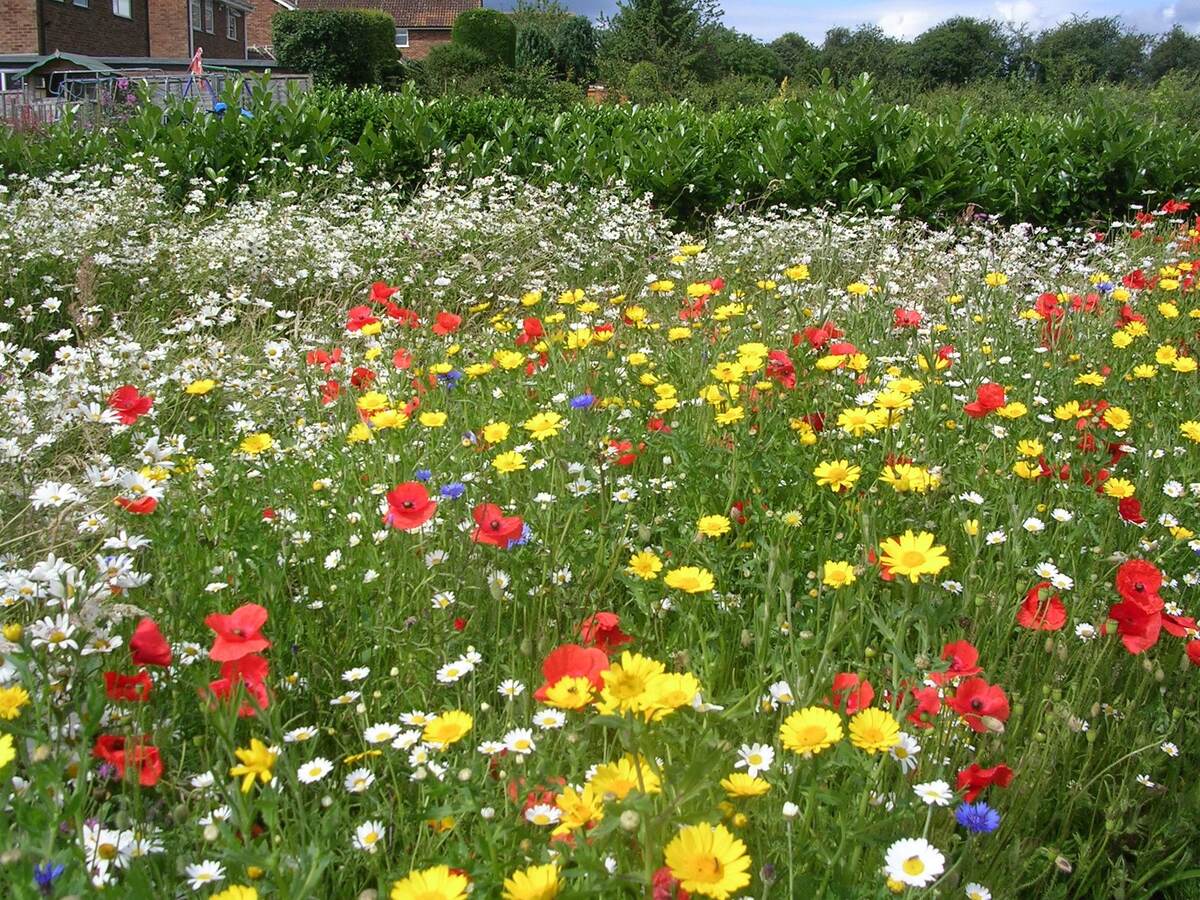
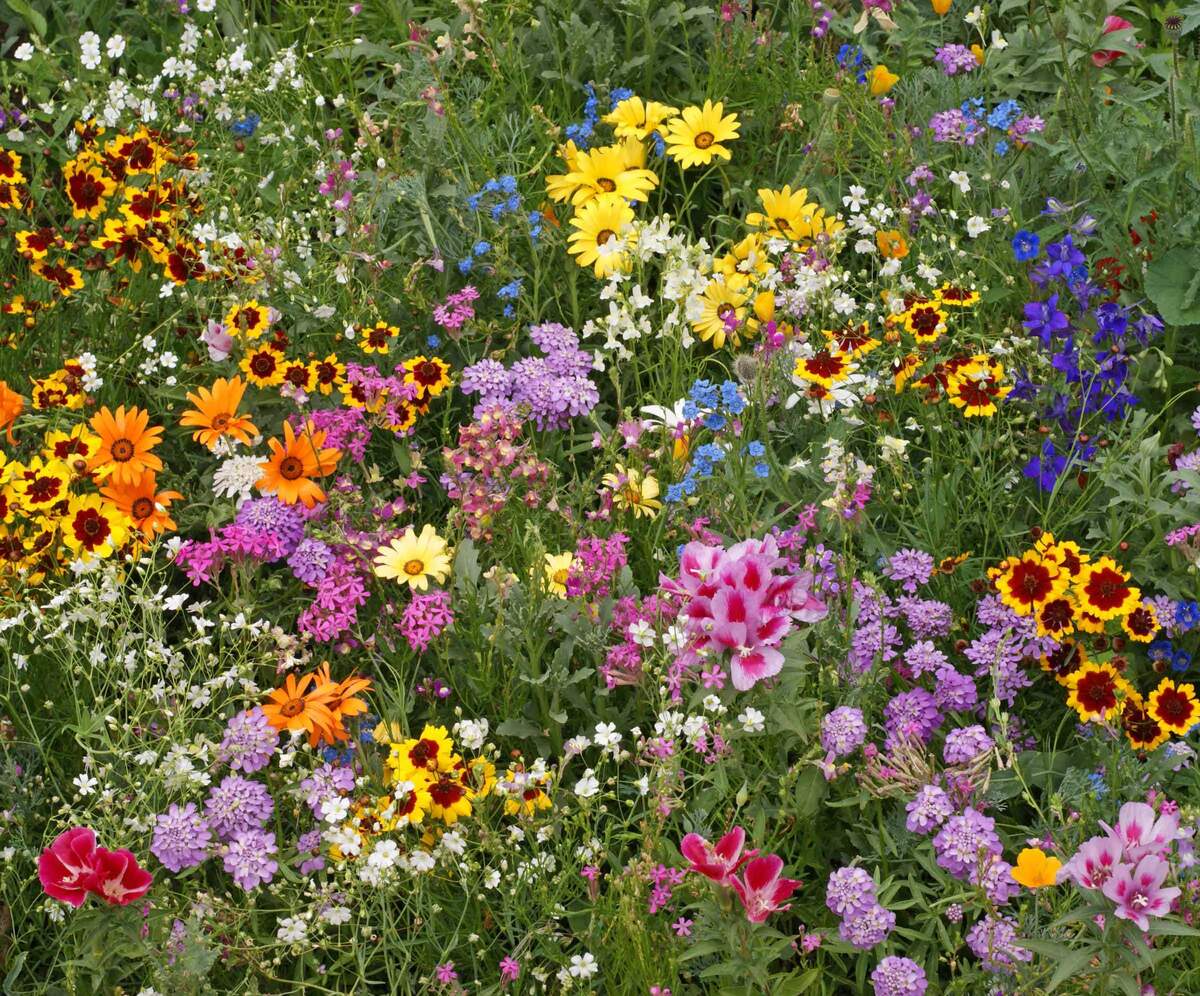
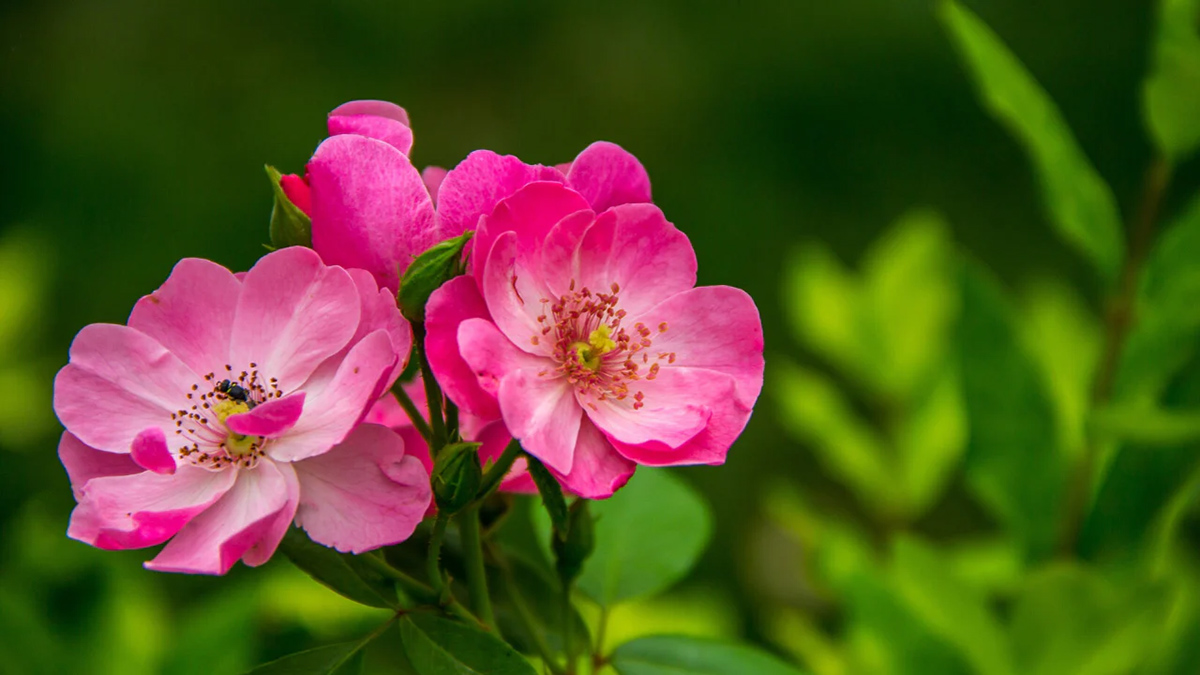
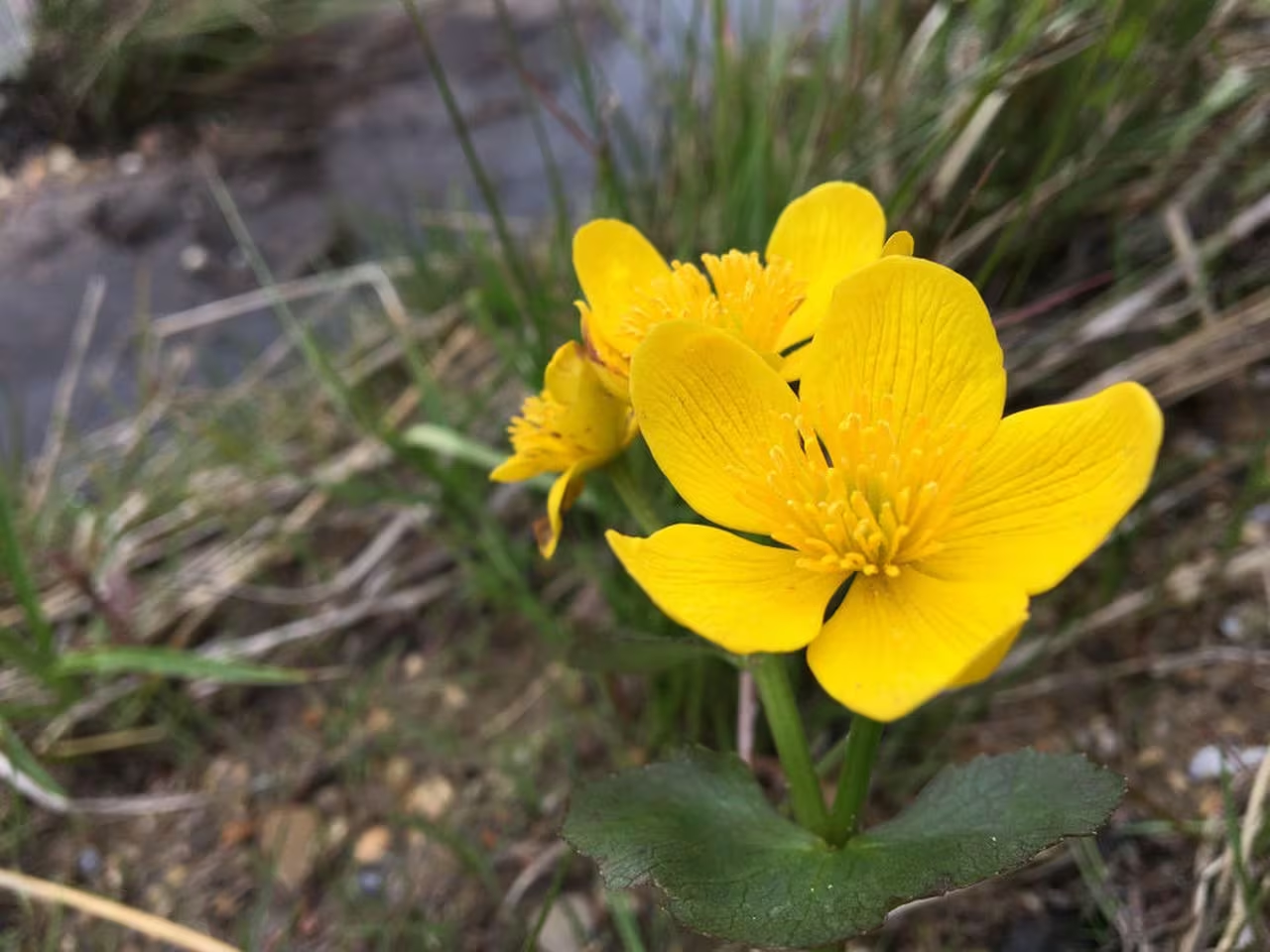
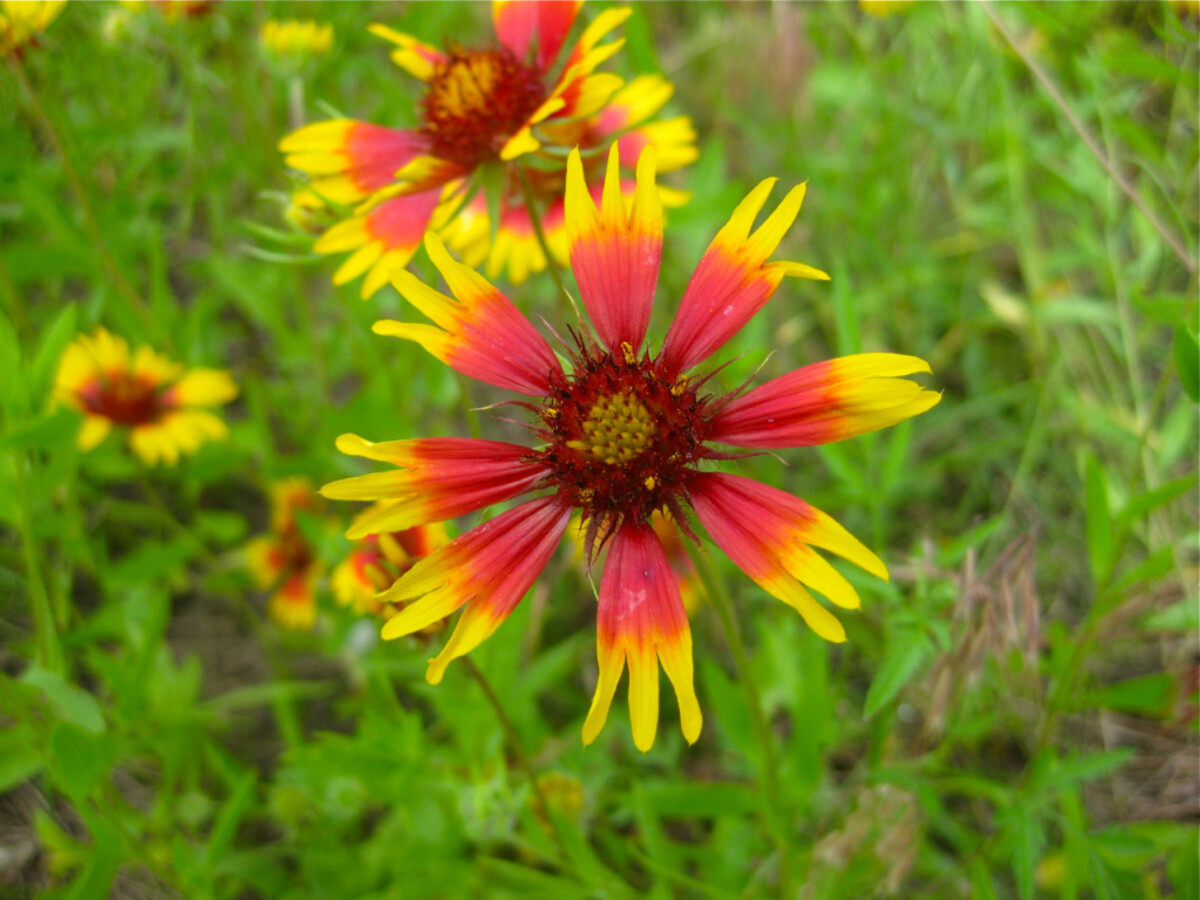
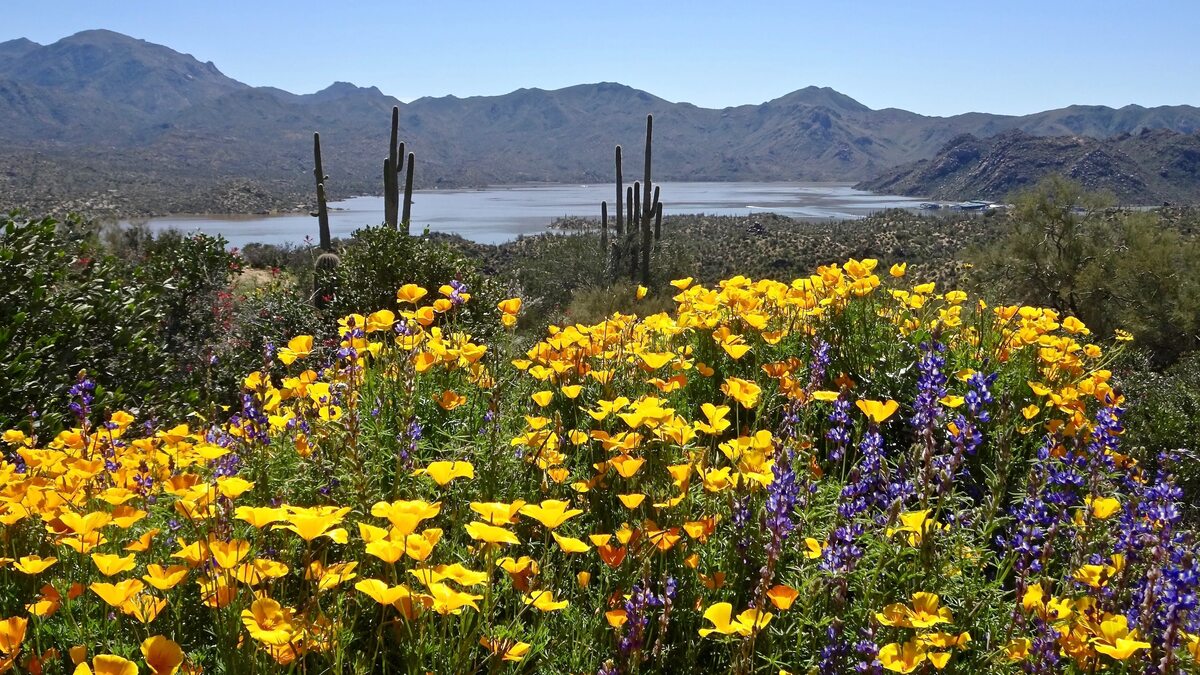
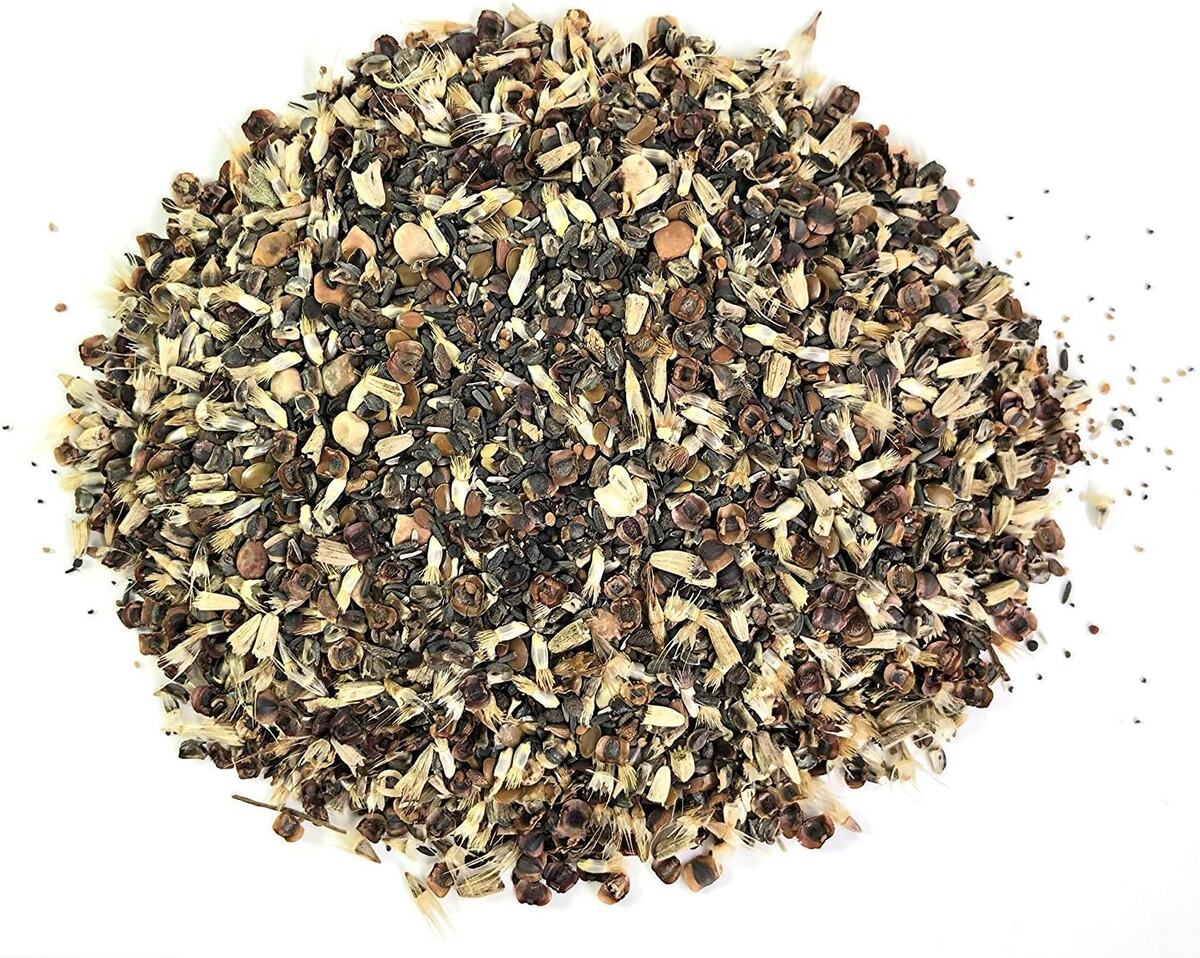
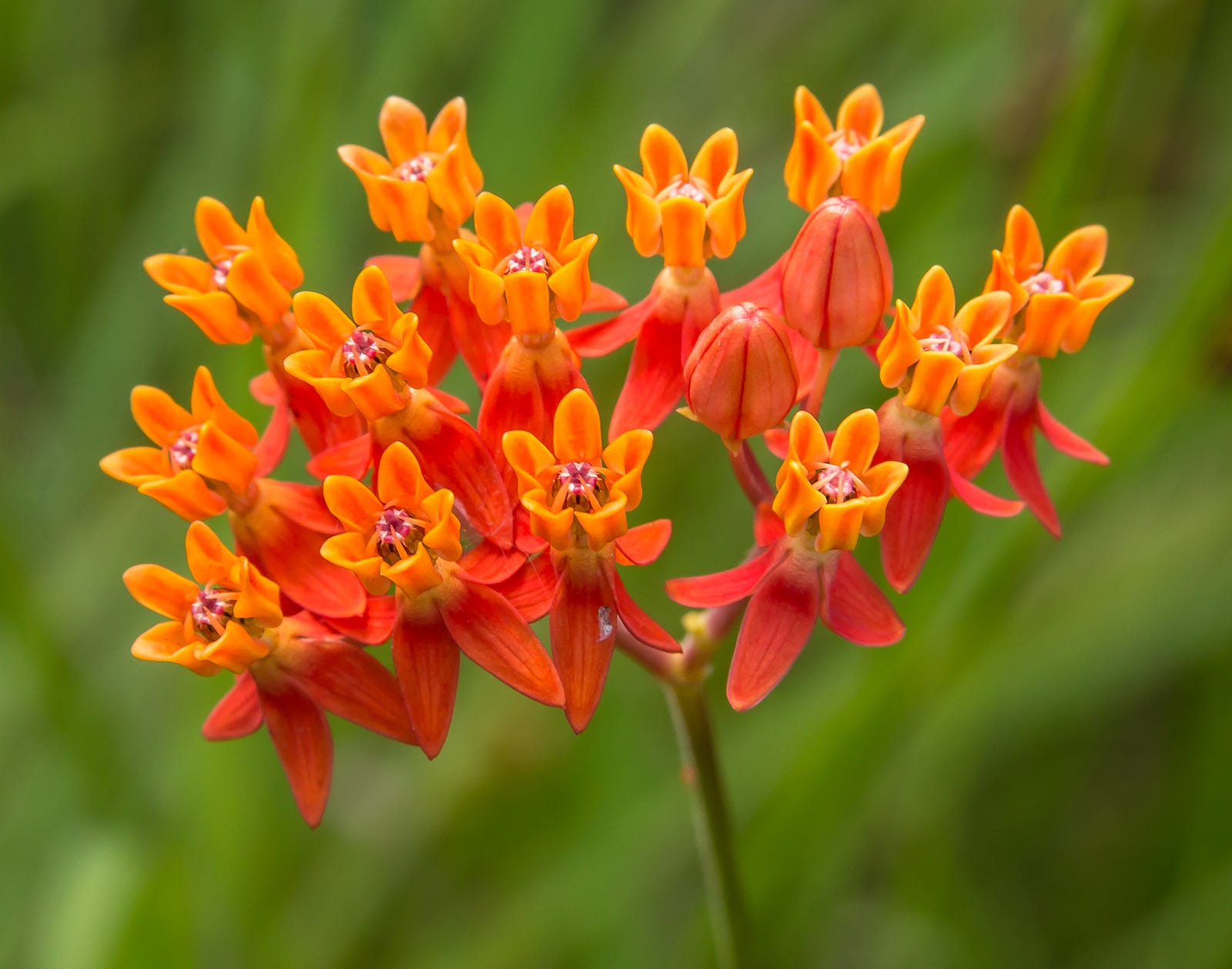
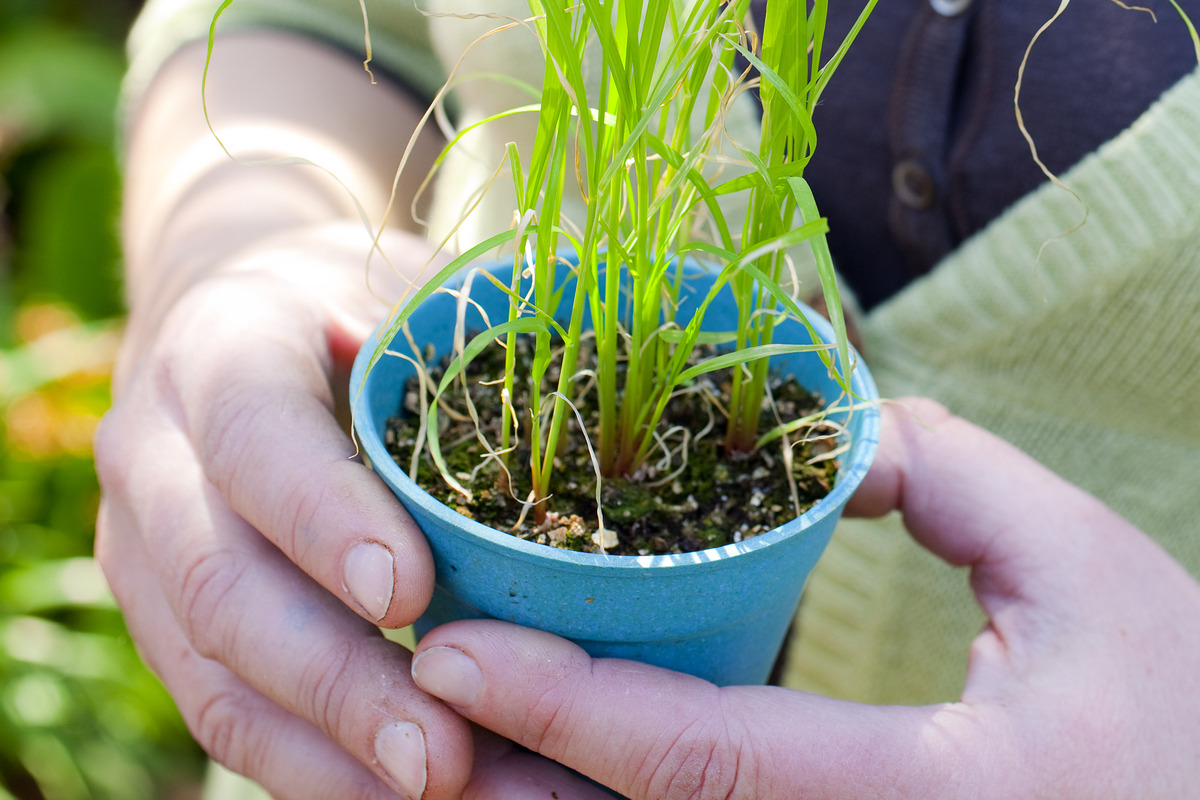

0 thoughts on “How To Plant Wildflower Seeds On A Slope”